Riccardo Nembrini
Reinforcement Learning for Variational Quantum Circuits Design
Sep 09, 2024



Abstract:Variational Quantum Algorithms have emerged as promising tools for solving optimization problems on quantum computers. These algorithms leverage a parametric quantum circuit called ansatz, where its parameters are adjusted by a classical optimizer with the goal of optimizing a certain cost function. However, a significant challenge lies in designing effective circuits for addressing specific problems. In this study, we leverage the powerful and flexible Reinforcement Learning paradigm to train an agent capable of autonomously generating quantum circuits that can be used as ansatzes in variational algorithms to solve optimization problems. The agent is trained on diverse problem instances, including Maximum Cut, Maximum Clique and Minimum Vertex Cover, built from different graph topologies and sizes. Our analysis of the circuits generated by the agent and the corresponding solutions shows that the proposed method is able to generate effective ansatzes. While our goal is not to propose any new specific ansatz, we observe how the agent has discovered a novel family of ansatzes effective for Maximum Cut problems, which we call $R_{yz}$-connected. We study the characteristics of one of these ansatzes by comparing it against state-of-the-art quantum algorithms across instances of varying graph topologies, sizes, and problem types. Our results indicate that the $R_{yz}$-connected circuit achieves high approximation ratios for Maximum Cut problems, further validating our proposed agent. In conclusion, our study highlights the potential of Reinforcement Learning techniques in assisting researchers to design effective quantum circuits which could have applications in a wide number of tasks.
Towards Feature Selection for Ranking and Classification Exploiting Quantum Annealers
May 09, 2022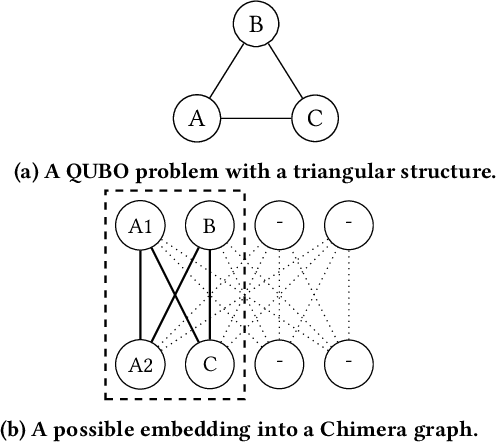
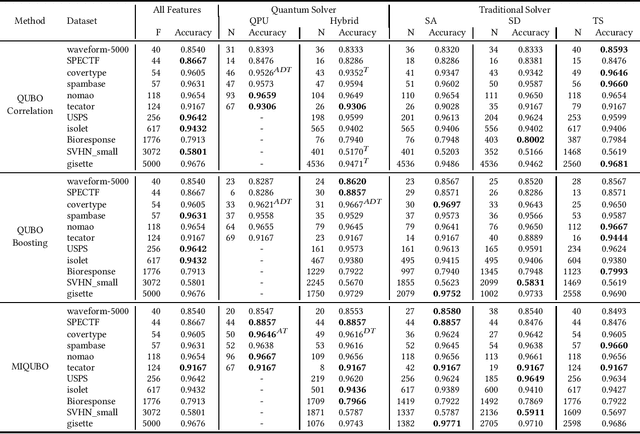

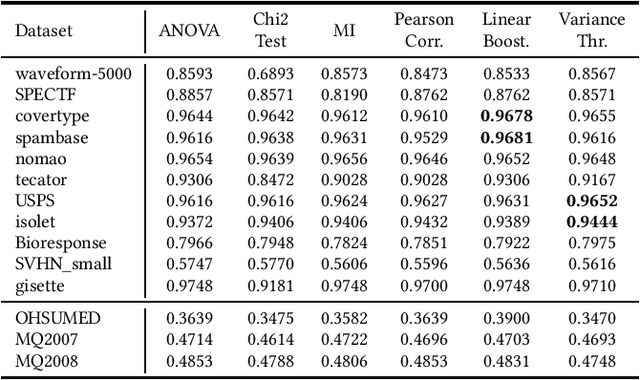
Abstract:Feature selection is a common step in many ranking, classification, or prediction tasks and serves many purposes. By removing redundant or noisy features, the accuracy of ranking or classification can be improved and the computational cost of the subsequent learning steps can be reduced. However, feature selection can be itself a computationally expensive process. While for decades confined to theoretical algorithmic papers, quantum computing is now becoming a viable tool to tackle realistic problems, in particular special-purpose solvers based on the Quantum Annealing paradigm. This paper aims to explore the feasibility of using currently available quantum computing architectures to solve some quadratic feature selection algorithms for both ranking and classification. The experimental analysis includes 15 state-of-the-art datasets. The effectiveness obtained with quantum computing hardware is comparable to that of classical solvers, indicating that quantum computers are now reliable enough to tackle interesting problems. In terms of scalability, current generation quantum computers are able to provide a limited speedup over certain classical algorithms and hybrid quantum-classical strategies show lower computational cost for problems of more than a thousand features.
* Source code is available on Github https://github.com/qcpolimi/SIGIR22_QuantumFeatureSelection.git
Feature Selection for Recommender Systems with Quantum Computing
Oct 11, 2021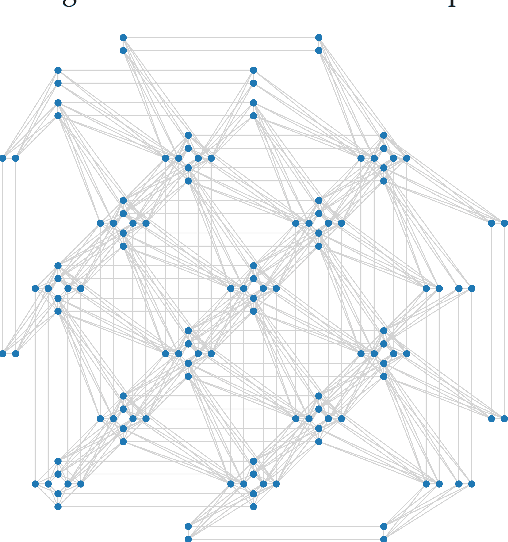

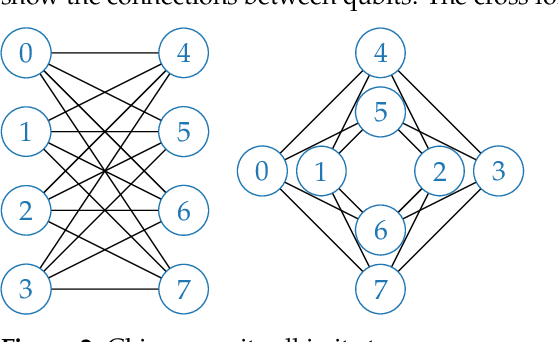
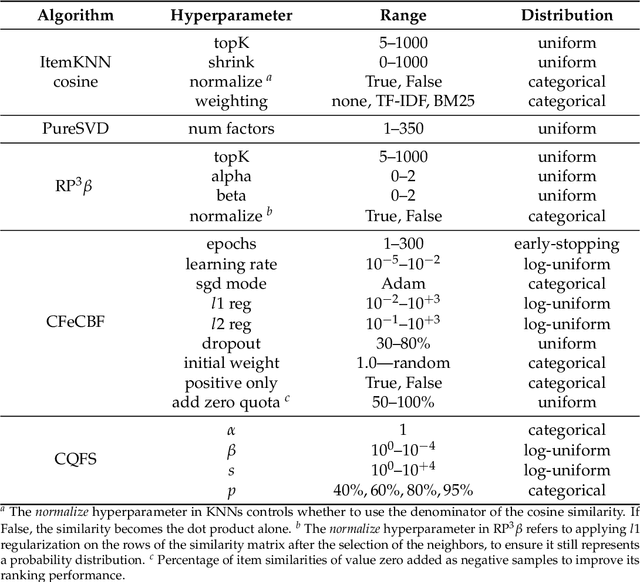
Abstract:The promise of quantum computing to open new unexplored possibilities in several scientific fields has been long discussed, but until recently the lack of a functional quantum computer has confined this discussion mostly to theoretical algorithmic papers. It was only in the last few years that small but functional quantum computers have become available to the broader research community. One paradigm in particular, quantum annealing, can be used to sample optimal solutions for a number of NP-hard optimization problems represented with classical operations research tools, providing an easy access to the potential of this emerging technology. One of the tasks that most naturally fits in this mathematical formulation is feature selection. In this paper, we investigate how to design a hybrid feature selection algorithm for recommender systems that leverages the domain knowledge and behavior hidden in the user interactions data. We represent the feature selection as an optimization problem and solve it on a real quantum computer, provided by D-Wave. The results indicate that the proposed approach is effective in selecting a limited set of important features and that quantum computers are becoming powerful enough to enter the wider realm of applied science.
 Add to Chrome
Add to Chrome Add to Firefox
Add to Firefox Add to Edge
Add to Edge